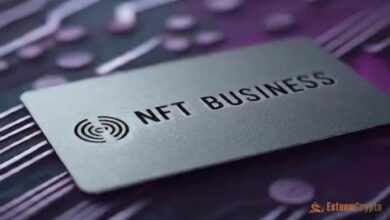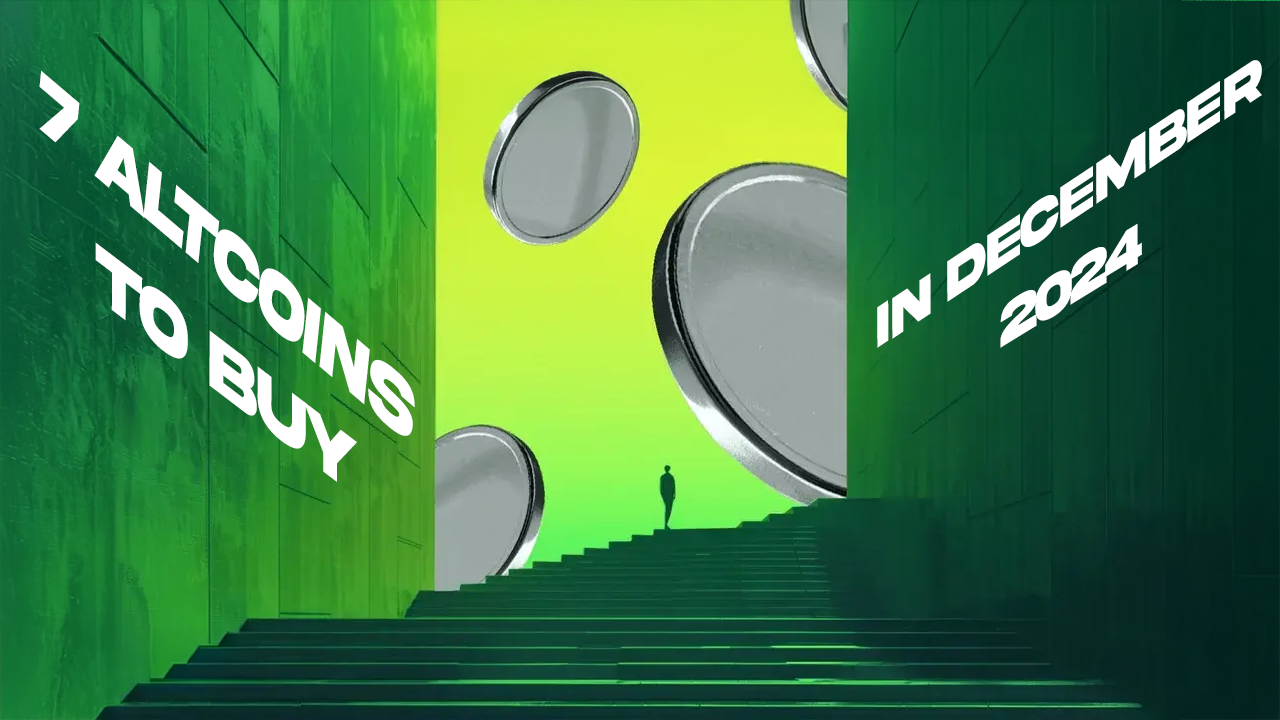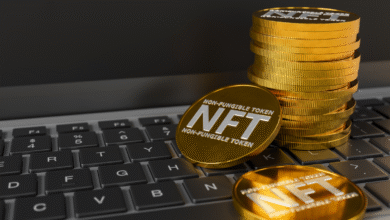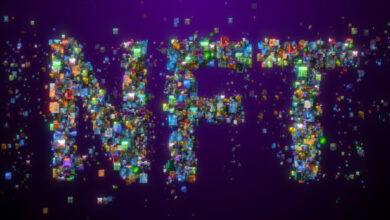Understanding NFT: An Ultimate Guide By Esteemcrypto
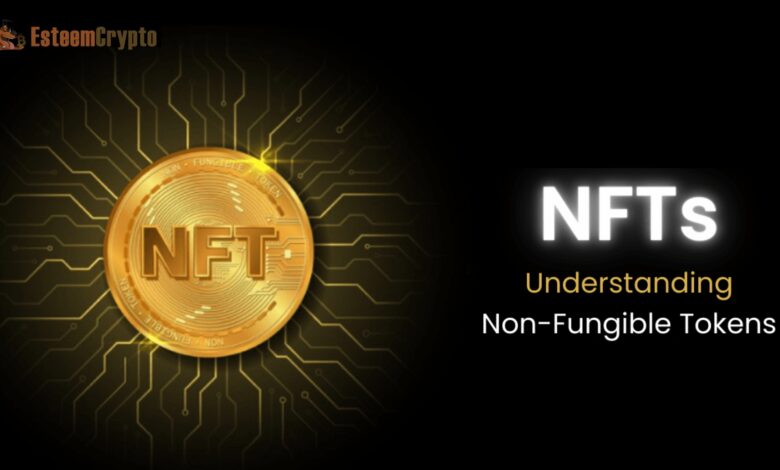
Understanding NFT. The growth of NFTs demonstrates that the Bitcoin community is more influential in defining new trends than in inventing new ideas. However, NFTs are not clear. Cryptographic assets known as nonfungible tokens (NFTs) include characteristics such as immutability and uniqueness; they are also confirmed on the blockchain. They can take almost any shape, but their most common appearance is in works of art, musical compositions, and virtual objects in blockchain-based video games and content.
The art industry is one sector where NFTs have become quite popular; digital tokens from prominent auction houses and others are fetching prices in the tens of millions of dollars. New forms of digital currency, such as NFTs, allow aspiring artists to monetize their work that they would have previously had to settle for selling or giving away for free.
In 2017, a decentralized application (DApp) called CryptoKitties emerged, allowing users to purchase, trade, and collect virtual cats. However, nonfungible tokens are still in the early stages of development. These attractive digital assets piqued the interest of traders and artists alike when the NFT market exploded in 2020, increasing from $250 million to nearly 3000%. The number of NFT wallets processing NFT transactions has also increased, almost doubling to over 222,000 year-over-year in 2020.
If you’re even remotely interested in cryptocurrency, you’ll probably hear about NFTs sooner rather than later. Once you do, you’ll likely join the rest of the community in venturing into NFT, hoping to make a large sale or add digital art to your portfolio. However, it would be best to familiarise yourself with the NFT environment and workings.
How do NFTs Work?
Unlike ERC-20 tokens like LINK and DAI, every NFT coin is unique and cannot be split. Using Ethereum’s blockchain, a public ledger, NFTs make it possible to assign or assert ownership of any distinct piece of digital data.
An NFT is formed from digital elements representing digital or non-digital assets. Digital art, such as films or music, or real-world objects, such as legal papers or signatures, could be represented by an NFT. Understanding NFT digital art is an asset built on the Ethereum platform that represents the authenticity and ownership certificate of the artwork.
There can be exactly one owner of an NFT at any one moment. Token ownership is managed via the unique ID and metadata, which no other token can replicate. The unique ID and metadata were generated using smart contracts, which control the transferability of NFTs and assign ownership. Several standards, including ERC-721, govern the smart contracts that execute code when NFTs are minted or generated. The blockchain, which processes the NFT, stores this data.
NFT Use Cases
Using NFTs allows for representing tangible assets like real estate and artwork. By reducing the potential for fraud, these physical products can be “tokenized” to facilitate faster and more secure transactions.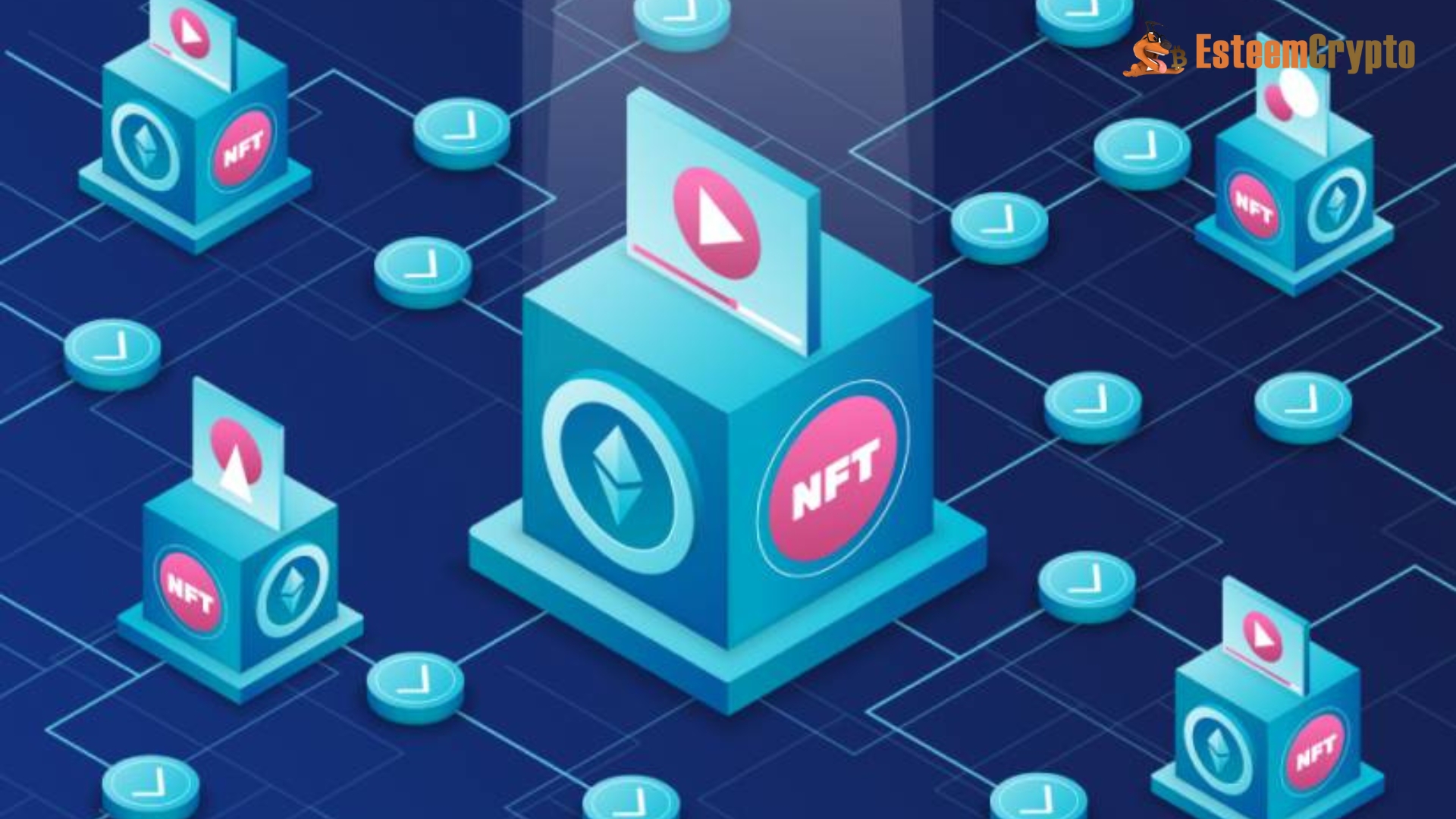
Art
Among the many uses for NFT crypto, programmable art stands out as a prevalent example of the innovative marriage of art and technology. Currently, a number of limited-edition pieces of artwork are in circulation. Interestingly, they make it possible for programmability to adapt to different scenarios. For instance, artists can use smart contracts and oracles to create graphics that respond to changes in the value of digital assets built on the blockchain.
Fashion
Blockchain technology has seamlessly integrated into the fashion industry, offering advantages to all participants in the supply chain. When consumers can easily verify ownership information of their goods and accessories online, the risk of counterfeiting is eliminated. Users might quickly scan clothing and accessories items with price tags that display an NFT.
Licenses and certifications
Another area where NFT use cases may be quite useful is the verification of credentials and licenses. Certificates of completion, whether digital or paper, are usually given to students who successfully complete the courses, much like any other kind of degree or license. Universities and employers require students to provide copies of their course completion certificates before they may offer employment or admission.
Using NFTs to get such licenses might be a huge time saver for admins. NFT-based licenses and certificates make record verification and checking easier. So, the method makes it simple to record certification or course completion evidence.
Sports
Counterfeit tickets and merchandise are significant problems in the sports industry. For issues like these, blockchain technology offers the best chance of a smooth resolution. Blockchain technology’s immutability helps forestall the sale of fake tickets and artifacts.
Gaming
Even outside of the bitcoin gaming business, NFTs have impacted the gaming world as a whole. As a pioneer in fusing gaming with NFTs, CryptoKitties issued digital cats on the blockchain in 2017 and allowed users to engage with and trade with them. For a brief period, the model’s success led to a transaction surge that overwhelmed the Ethereum network.
Since then, NFTs have found a significant home in the gaming industry. This is hardly surprising considering the current state of in-game merchandise sales, which include skins and more, compared to the traditional market.
Traditional gaming corporations and decentralized startups have crossed paths in the NFT space, with both groups hoping to cash in on blockchain-based digital cards, artwork, and even fashion. As more and more players want to score both as rivals and investors, the combination of NFTs with gaming is expected to continue to shake up the business.
NFTs vs Crypto and Fiat Currencies
Nonfungible tokens (NFTs) are digital assets that differ from cryptocurrencies because they cannot be easily converted into cash. This unique quality is the foundation of NFT value. You can’t trade one NFT for another because they all have different characteristics (size, scarcity, creator, etc.).
Bitcoin, on the other hand, is a fungible asset worth $60,786. Nothing has changed if you own 1 BTC and exchange it for another 1 BTC. The quantity of Bitcoin available to you to spend or save, or “hodl,” remains unchanged.
The same is true for other forms of fungible assets, including fiat currencies like the dollar and the euro. Regardless of features like the serial number or whether the note is in your pocket or in a bank account, a one-dollar or euro note is interchangeable with any other one of those currencies. The situation becomes murky when dealing with coins deemed collectibles; in such a case, the item meets the criteria for being a nonfungible item.
Another real-life example would be baseball cards, which are more akin to nonfungible tokens because no two cards are exactly the same. In passing, the idea of nonfungible tokens is not foreign to the NBA, MLB, and other professional sports leagues, as well as individual players and teams.
How much are NFTs Worth?
In theory, anyone can tokenize their creations and sell them as NFTs, but news stories of transactions involving millions of dollars have caught people’s attention. One example is Grimes, who made almost $6 million from the sale of digital artwork. The tokenization and sale of art are not exclusive. Jack Dorsey, CEO of Twitter, sponsored an NFT of the first tweet, with bids exceeding $2.5 million. French startup Sorare has received $680 million, or $498 million, to launch its NFT football trading card game. However, the environmental impact of NFTs is a concern, just like that of crypto-currencies.
What Makes an NFT Valuable?
Whether it’s a work of art or a digital collectible, the value of an NFT will surely rise due to scarcity. Because they managed the seemingly impossible feat of injecting scarcity into the worldwide digital market, NFTs can be extremely costly (or valuable, depending on your perspective). Instead of buying an image, an NFT can be used to own it.
When you buy NFTs, you’re buying a token that, no matter what happens, will always lead to the specific digital asset or image recorded on the blockchain. However, minting digital items as NFTs allows users to artificially raise prices by limiting the supply.
How to Buy and Sell NFTs?
The majority of NFT marketplaces operate similarly to an auction house. You put in a bid and wait to see if you are the winner of the NFT of your choice. Some sites, like eBay, offer “Buy Now” options, where NFTs can be purchased for a set price. OpenSea.io, SuperRare, Foundation.app, Rarible, and Mintable are examples of NFT marketplaces.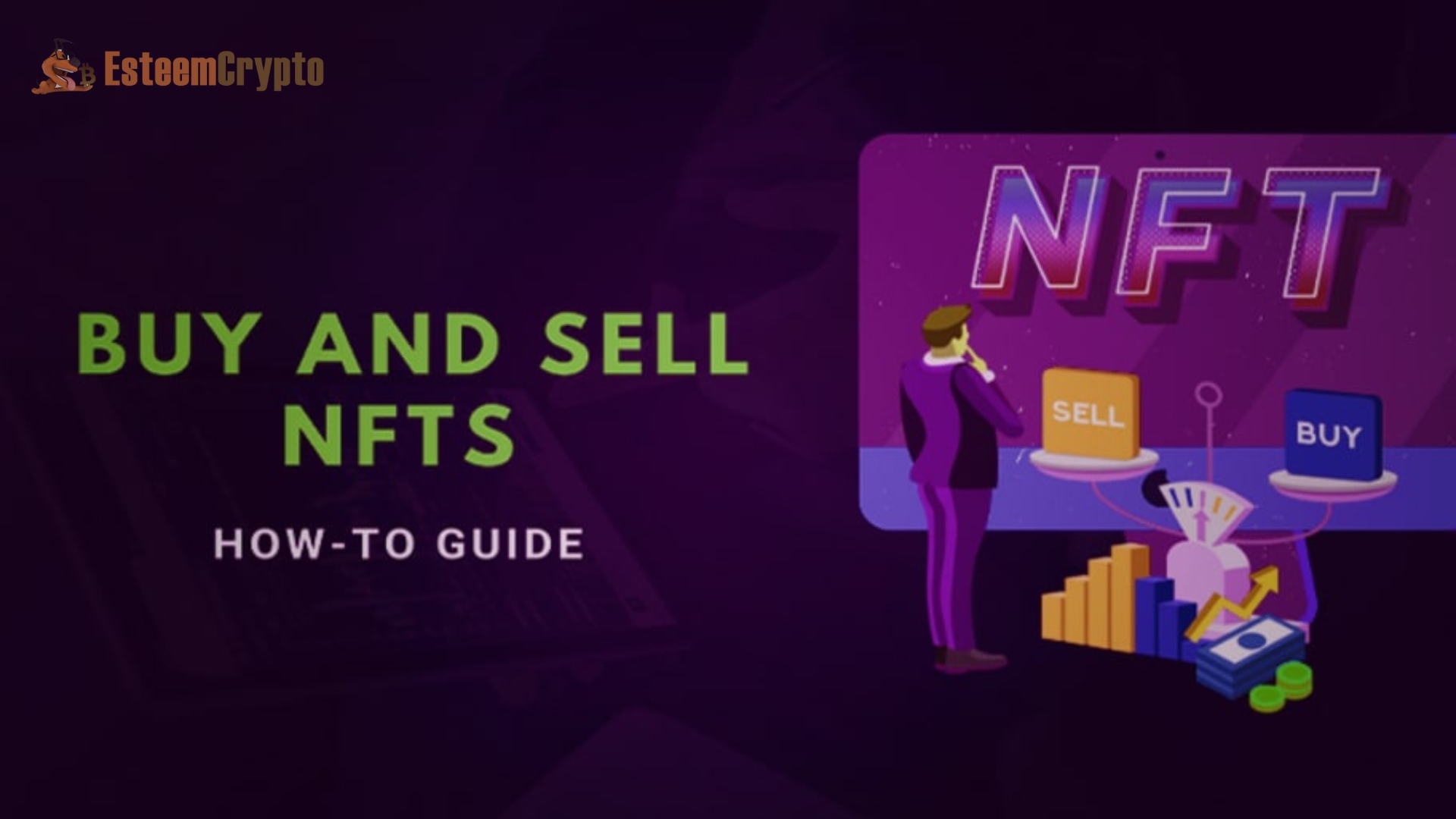
It’s important to note that each marketplace has its crypto wallet requirements. Currently, no single wallet can be used on all sites. MetaMask is the most widely used crypto wallet, although others include Formatic, Torus, Coinbase Wallet and Portis. The two ways to sell NFTs are trading an NFT you’ve previously acquired and selling an NFT you’ve minutes. First, there will be fees associated with selling your non-fungible token, just as there will be fees associated with minting an NFT. This will cover gas fees and marketplace-determined final sale service fees.
As with any other asset, previously acquired NFTs can be resold on the secondary market. To do so, ensure the NFTn is in your crypto wallet and listed for sale in your preferred marketplace. While the value of your NFT may increase over time, the long-term or even short-term worth of NFTs cannot be guaranteed.
Depending on the service, you can either set the “Buy Now” price or specify the auction rules, such as the reserve price to sell a minted NFT. In some situations, royalties may be paid each time your NFT is sold in the future. While the value of your NFT may increase over time, the long-term or even short-term worth of NFTs cannot be guaranteed.
Future Outlook
Much of the remarkable growth in the NFT sector has been accomplished in the past year. Most well-known NFT platforms did not exist in 2020, but there was a dramatic increase in activity and trading volume at the beginning of 2021. Even if this trend continues, the overall adoption rate of NFTs (like crypto art) will undoubtedly be unparalleled in years to come.
Despite the inherent difficulty in assigning a monetary value to nonfungible tokens, factors including rarity, tradeability, skill, and involvement of the original artist all influence the final price. Decentralized finance (DeFi) is the next cryptocurrency fad, and the NFT tokens may find their way into it following the market wave.

